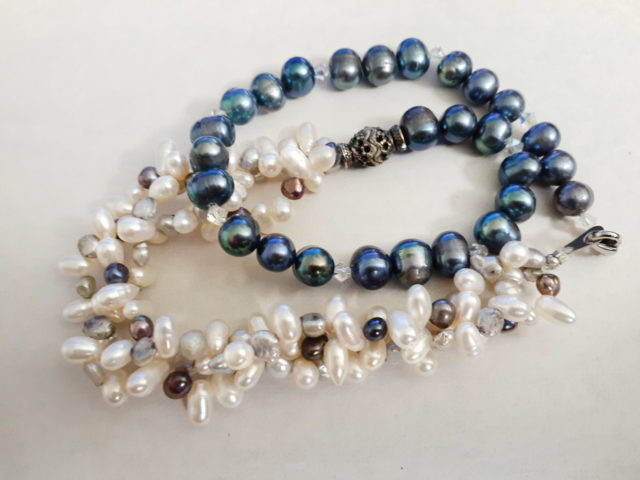
A perfect weekend should include lots of coffee, pouring rains, and stumbling upon some quality vintage beads for my future creations. Blackbird Granary in Mt. Angel surprised me with some wonderful freshwater pearls today.

A perfect weekend should include lots of coffee, pouring rains, and stumbling upon some quality vintage beads for my future creations. Blackbird Granary in Mt. Angel surprised me with some wonderful freshwater pearls today.
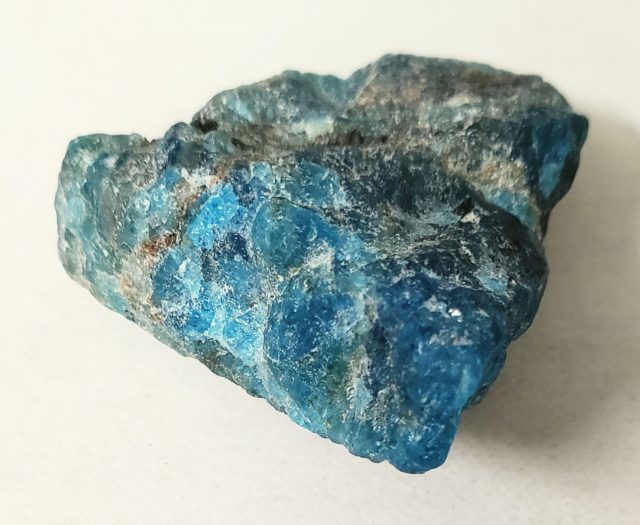
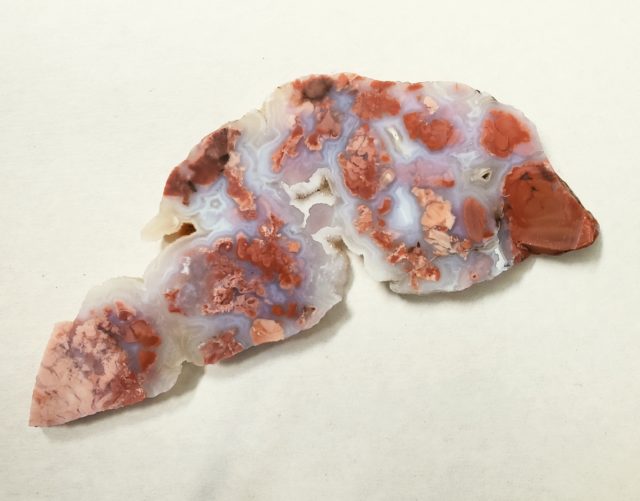
From today’s visit to the Oregon Rock & Gem Festival in Corvallis: apatite and cotton candy stone slab that is a creature. Do you see how much of a creature that slab is?! Also got some very nice shell and sodalite beads and a wonderful drilled agate focal, but I’m mostly stupid happy about finally catching a piece of raw apatite with exact colors I love the most.
The show itself was pretty awesome. I would love to take home much more than I did. Except for lapis lazuli. I don’t want any of its expensive but obnoxious blues. In other news, finding any information on the cotton candy stone proves to be difficult. Some sources say it’s a type of quartz. I am not convinced.
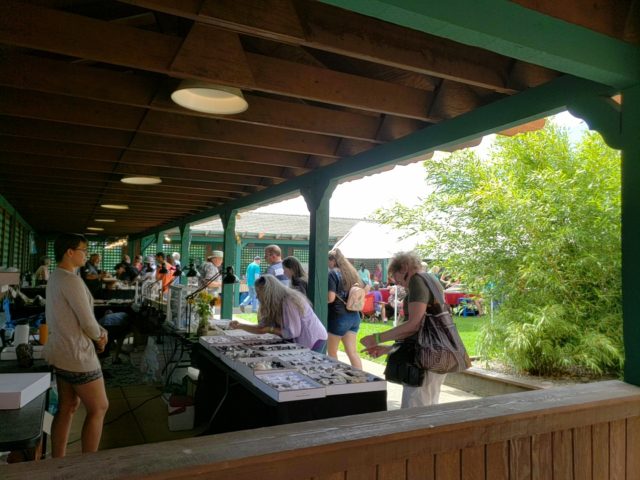

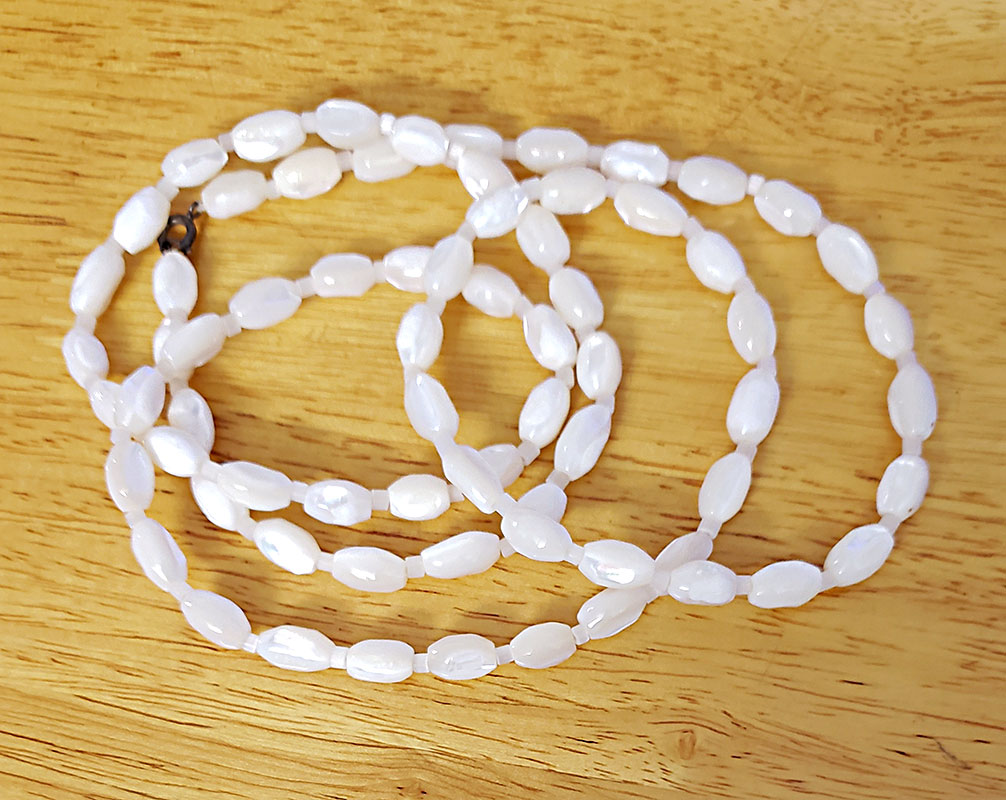
Today’s catch: vintage mother of pearl shell beads, a whole long necklace of them, 70 to be exact. Found this in Red Bench, an antique mall in Silverton. That place gave me some nice shell and glass beads a few years ago too. I love the unpredictability of antiques and surprises that happen when I don’t expect them.
Oh, the things I am going to make with these beauties! I mean, when I am done with the current load, especially the custom orders, but it will happen 🙂
Not long ago it was pointed out to me that my imperial jasper beads were actually synthetic stones and that the real imperial jasper looked nothing like them. What I have and love to work with is richly textured variations of these round beads:
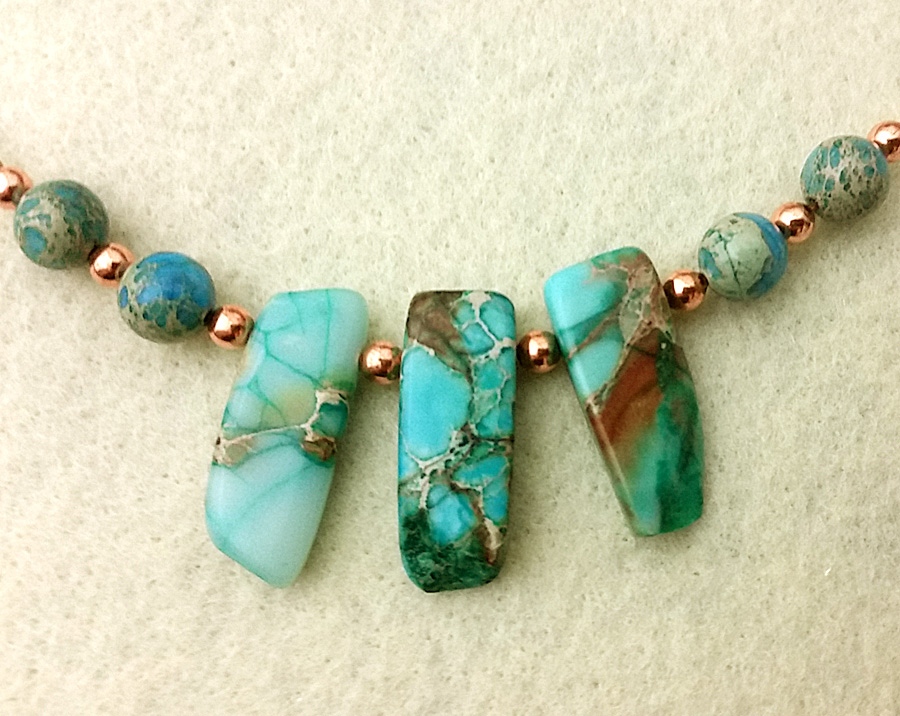
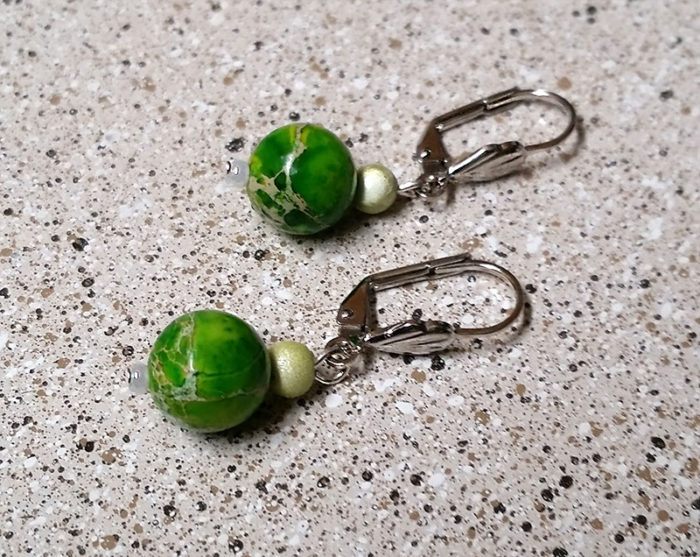
I only know what they are called from stores’ or rock show sellers’ labels and spoken words. Indeed, those are sometimes inaccurate, but somehow it never occurred to me to look up more information about the popular stone that was invariably called “imperial jasper.”
So on I went on a quest to find out the difference between a true imperial jasper and whatever my beautiful beads were. To my surprise, finding out anything about my kind of imperial jasper was not easy at all.
First, I had to wander through a lot of rather unhelpful metaphysical information. For some reason Google put that at the top of every search query I could think of. My requests were becoming longer and more insistent on mineralogy and geology, and finally Google gave up and told me that the natural imperial jasper looked like this:
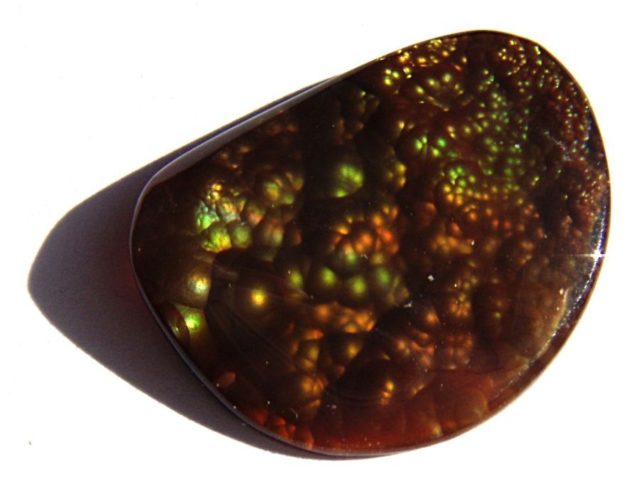
Along with the visual shock and amazement came the news that the real stone’s prices were much higher then even the most expensive and stunning varieties of what I thought the imperial jasper was.
That still left open the question about the nature of my own beads. I could not find any coherent, authoritative answer online, and that led me to believe that maybe manufacturing of this stone was some kind of a guarded secret. All I could find was guesses and conflicting statements:
I am not sure that “impression jasper” belongs in the list of names though. It seems to be a real stone, and its patterns of beige/tan web of veins are a bit different from those of imperial jasper.
What still remains unclear is whether my stone beads are synthetic. Some sources say that they are and also call this kind of jasper synthetic regalite. But then the same sources say things like “howlite is synthetic turquoise” and ruin their credibility. What is regalite, synthetic or natural, also remains a mystery.
I will revisit all this at a later time. I love digging for stone info. But right now and for a good number of weeks ahead of me there is custom jewelry to design and people’s treasured pieces to repair.
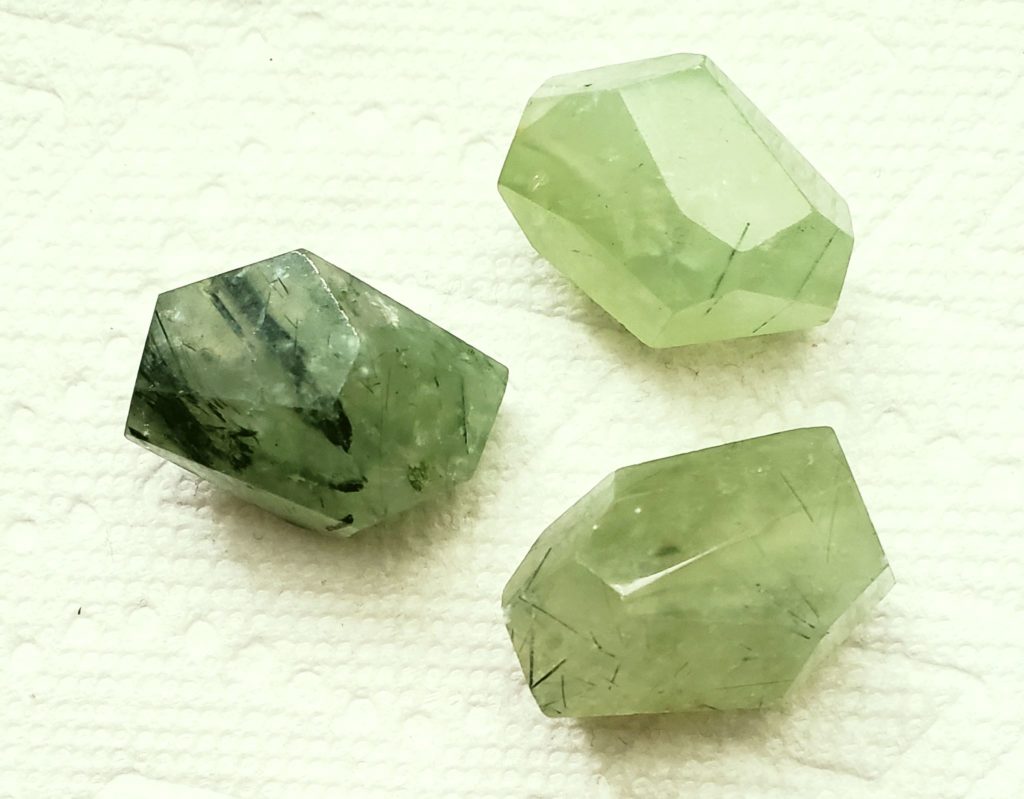
My catch from The Gathering of the Guilds show in Portland today. The stone is called phronite. It can be found only in two places in the world; one is in Australia, another is in China. These are chunky beads that will make good focals in whatever necklaces I am going to make. Right now the number of ideas is way more than the available beads.
So I wanted to learn more about the stone as I often do when it is new to me. Surprisingly, Google only went as far as agreeing that “phronite” is a word and describes a stone. That was it. No images, no information, nothing at all besides mentioning it in the same breath with malachite.
Anybody knows anything about phronite?
Updated 5/2/18: Turns out the correct name of the stone is PREHNITE. I could not believe there was a stone that Google knew nothing about and tried some derivations of “phronite” with it. None of them were actual stones or even words, but one triggered something in Google, and I got photos of stones very similar to mine and lots of suggestions on where to buy either beads or crystals. Phew! Much better than my interpretation of seller’s handwritten note with a genuine typo in it 🙂
“Quartz” and “quartzite” are sometimes used interchangeably to describe a vast group of beautiful semiprecious stones used in making jewelry, but these are two different stones. Let’s see what the difference is, shell we?
Quartzite consists largely or entirely of quartz, but the two are not the same even though these terms are often used interchangeably.
The main component of quartz is silica or silicon dioxide, the main component of sandstone and other rocks.
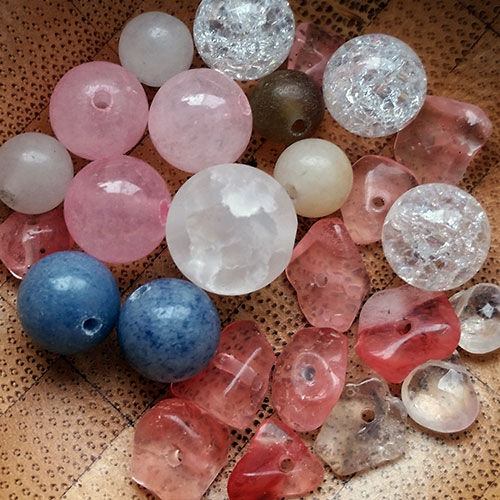
Quartzite is created when sandstone is subjected to extreme heat and pressure caused in the earth crust. Quartz is not turned into other minerals if the sandstone is relatively pure but is recrystallized during this process. The result is a very strong and durable natural stone. Some quartzites are still similar to sandstones in appearance, others are recrystallized to the point where the original texture completely disappears.
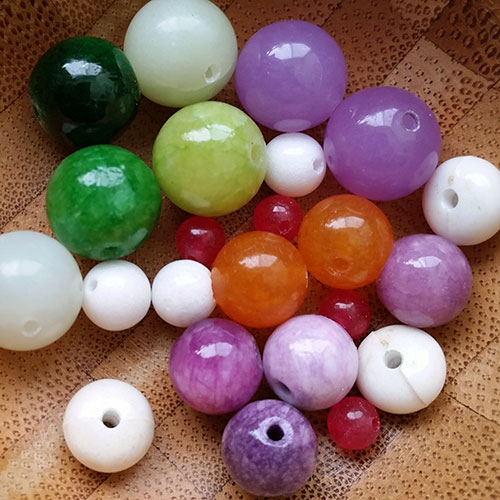
Quartz comes in many natural colors; it can be opaque or translucent. Clear quartz is the most common color followed by white or cloudy quartz. Rose and smokey quartz are common too.
Natural quartzite comes in snowy white or gray color. It also can be of light pink, red, purple, yellow, orange, blue, or green colors that that are defined by impurities present in the stone. Bright colors that you often see in quartzite beads can only be produced by dyeing the natural stones.